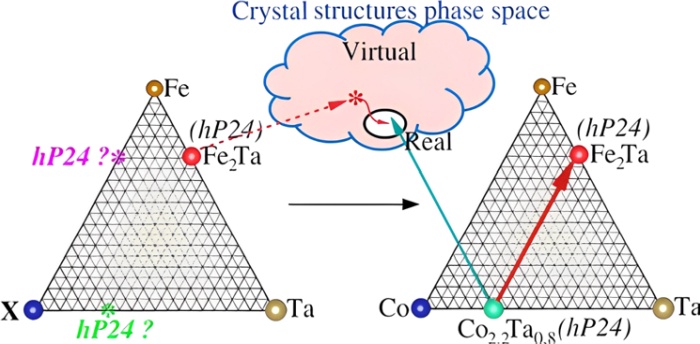Speaker
Description
Utilizing permanent magnets (PM) in technological applications for information storage and green-energy generation is increasingly important. This necessitates the development of new magnetic materials that are more cost-effective and contain fewer critical components, such as rare earth (RE) elements. However, the systematic exploration of novel hard magnetic materials is a complex task due to the vast combinatorial space encompassed by the crystal structures and chemical compositions. Fortunately, applying structure-predicting techniques, specifically evolutionary or adaptive genetic algorithms in conjunction with ab initio calculations, presents a promising avenue for material discovery [1]. Notably, a recent computational screening of hard magnetic phases in the Fe-Ta binary system showcased the existence of metastable phases with intrinsic magnetic properties, such as high saturation magnetization and large magnetocrystalline anisotropy, which are ideal for PM materials [2].
Significantly, a predicted low energy Fe$_2$Ta structure (8 formula units) was experimentally observed in the Co-Ta binary family. The investigation into the thermodynamic stability of the (Co$_{1-x}$Fe$_x$)$_2$Ta alloys indicates a stable compound for an increased concentration of iron, and the experimental study verifies the synthesis of stable magnetic materials in the predicted phase. However, the new magnetic structure in the CoFeTa system does not exhibit a high enough Curie temperature for practical use as PM. This successful synergy between computational prediction and experimental validation paves the way for designing new magnetic materials.

Fig. 1 A visual representation of the steps you need to take to create a new structure [3].
Acknowledgements
This research was partly funded by the Slovak grant agencies APVV-DS-FR-19-00-45, VEGA 1/0404/21, VEGA 1/0180/23, and VEGA 1/407/24.
References
[1] S. Arapan, P. Nieves, and S. Cuesta-López, “A high-throughput exploration of magnetic materials by using structure predicting methods,” Journal of Applied Physics, vol. 123, no. 8. AIP Publishing, Feb. 28, 2018. doi: 10.1063/1.5004979.
[2] S. Arapan, P. Nieves, H. C. Herper, and D. Legut, “Computational screening of Fe-Ta hard magnetic phases,” Physical Review B, vol. 101, no. 1. American Physical Society (APS), Jan. 21, 2020. doi: 10.1103/physrevb.101.014426.
[3] S. Arapan et al., “From virtual to reality: A practical route to design new materials,” Physical Review Research, vol. 6, no. 2. American Physical Society (APS), Apr. 09, 2024. doi: 10.1103/physrevresearch.6.023036.

